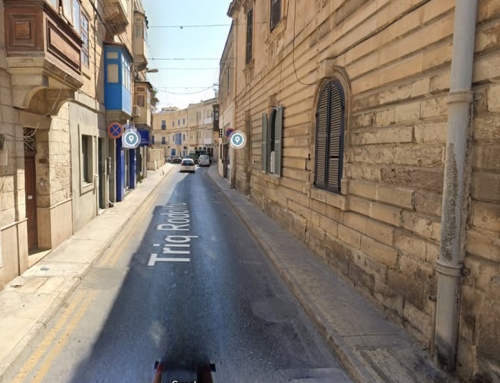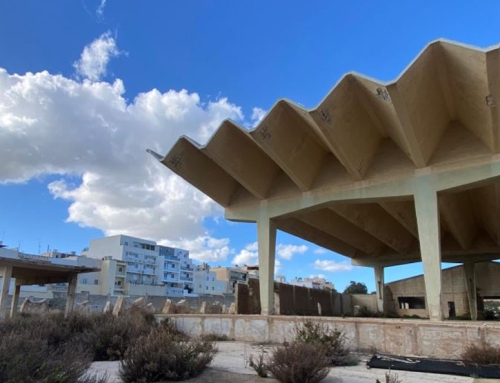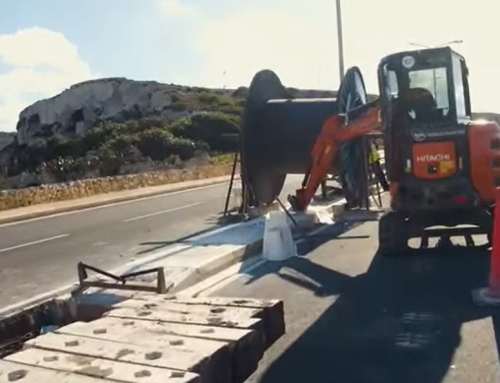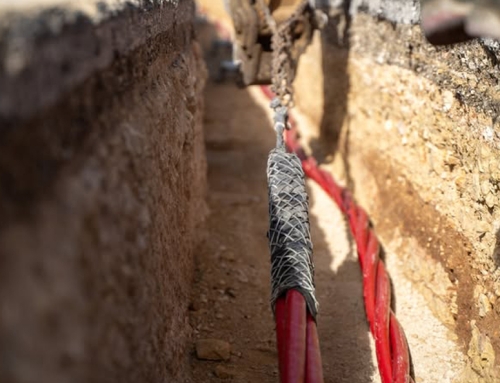Improved air quality in Marsa area
21.04.2016
A year after Enemalta plc switched off the last operating units at the Marsa Power Station, residents and workers in nearby localities are experiencing major air quality improvements.
Enemalta plc confirmed these positive environmental developments during a meeting with mayors of localities in the Marsa Power Station area a few days ago. Ing. Fredrick Azzopardi, the Company’s Executive Chairman, and other Enemalta officials met the mayors to give details about the dismantling of the power station, which will continue shortly.
Since the Marsa Power Station was switched off and put on cold standby in the beginning of 2015, carbon dioxide (CO2) emissions in the area were reduced by up to 761,000 tonnes a year, being the average annual amount produced by the same station between 2010 and 2014. One would need a photovoltaic panel installation the size of 900 football fields to achieve a similar decrease of greenhouse gas emissions.
Recent air quality monitoring studies also indicate that in January 2016, airborne sulphur dioxide concentrations in the Marsa area were over 80% less than the levels recorded when the station was still generating electricity. In fact, the SO2 levels identified at the power station area were almost as low as those recorded at the University of Malta’s Global Air Watch background station at the Tal-Giordan Lighthouse in Gharb, Gozo. Other improvements were recorded in nitrogen dioxide (NO2) emissions, even if this pollutant is also attributed to other sources, including cars.
Enemalta also informed mayors that it has stopped receiving complaints of black dust from residents in nearby localities, including Marsa, Paola, Fgura, Hamrun and Tarxien. The last reported case of black dust precipitation goes back to 2013. In March 2011, a report penned by Prof. Alfred J. Vella had “anticipated that once the Marsa Power Station is decommissioned, deposition of coarse black particles will very likely decrease considerably.
Inġ. Azzopardi explained that the competent authorities have just confirmed the next phase of the project to dismantle the power station. In fact, works on site will gather pace in the next few weeks with the dismantling of parts of Boiler 8, one of the largest structures of the Marsa Power Station, and other equipment.
In every stage of the dismantling process, Enemalta will be making sure that contractors implement all necessary preventive measures to avoid inconveniences to nearby businesses and residential areas. All materials dismantled will be transported from the site for disposal in accordance to applicable waste management standards and regulations. Where possible, contractors are being encouraged to reduce the environmental impact of this project by recycling the materials recovered from the site.
The mayors and local councillors attending the meeting welcomed the news that Enemalta is soon beginning the next stage of the power station’s dismantling, another important step forward in the regeneration of the inner Grand Harbour area.
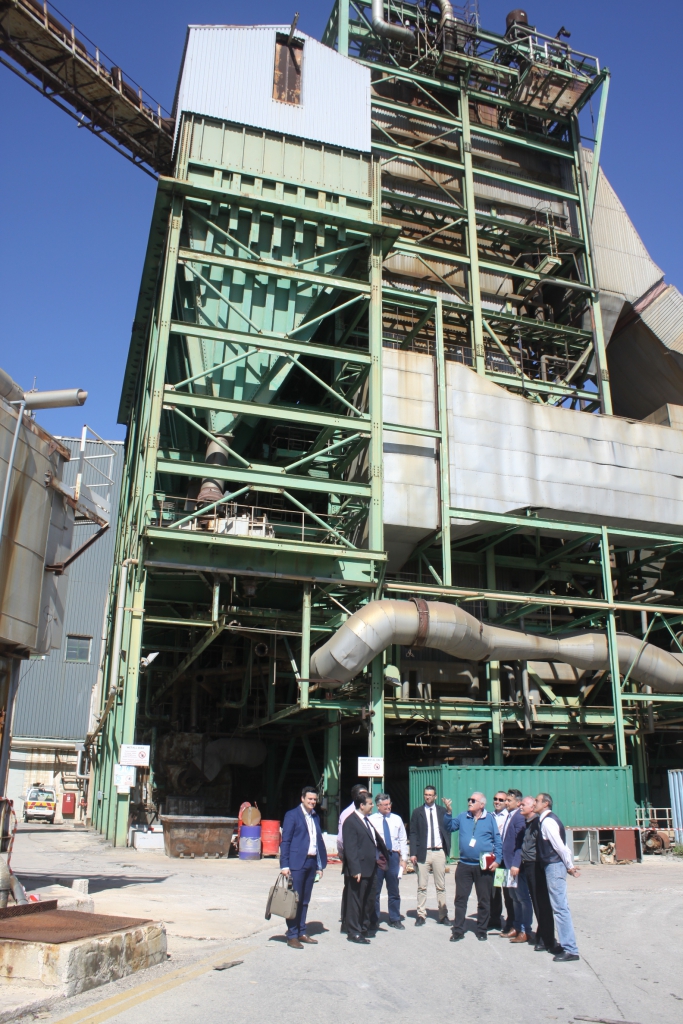
Enemalta officials and mayors of localities near the Marsa Power Station at the station’s Boiler 8 area.
Communications Office


